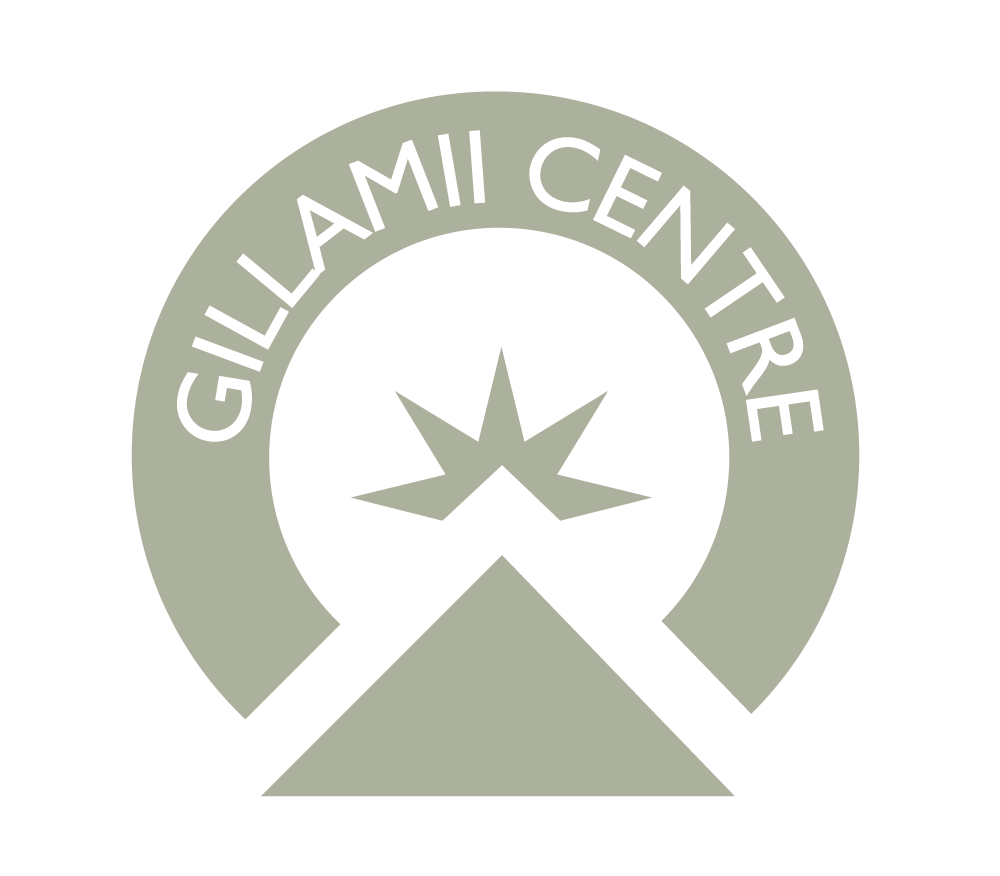Implementing Recovery Actions for EPBC Species & Improving Management of Water Repellent Soils
Period: 2015-18
Funding Body: National Landcare Program, South Coast NRM
Funds: $351,384
Project Officers: Rebecca Cassells, Jenny Loveland
Summary
Implementing recovery actions for EPBC species in the Gillamii project area via restoration and community engagement activity.
Objectives; To improve habitat for, and knowledge of threatened species in the Gillamii project area via restoration and community engagement activity.
This project builds on the 2013-15 project to improve habitat for EPBC species, by vegetating and protecting key areas within the Forest to Stirling’s macro corridor. The MCAS spatial planning tool will be used to select priority sites for habitat protection and enhancement. This investment involves private landholders implementing on ground actions to protect EPBC habitat, and will engage the community through workshops, vegetation survey and Carnaby cockatoo surveys.
Improving management of water repellent soils
Objectives: To develop sustainable land management practices to reduce run-off and improve productivity of farms in the Gillamii area through increased understanding (via trials and engagement activities) of management options for managing water repellent soils by 2018.
This project uses results and learnings from the 2013-15 project to further investigate management techniques of water repellent soils to improve productivity and reduce run-off in areas east and west of Cranbrook, in the Gillamii service area. Four paddock scale trial sites will be established using treatments that showed most promise based on results of the earlier trials. Associated workshops, field days and communication activities will engage farming communities in innovative practices to increase skills, knowledge, and confidence to adopt new behaviours.
Outcome
Implementing recovery actions for EPBC species in the Gillamii project area via restoration and community engagement activity.
20ha biodiverse revegetation species suitable for target EPBC species and priority fauna.
10km fencing to protect newly established vegetation and priority remnant vegetation.
2 proteaceous vegetation surveys at priority EPBC habitat sites
1 Carnably cockatoo survey
3 Community workshops on EPBC species
5 media publications
Improving management of water repellent soils
4 trial sites (4ha)
1 report on results of trials
3 workshops/field days
6 media publications
Report


